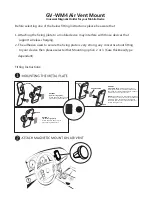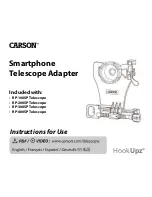
105
Appendix A
Useful Information
Caring for the Battery
Protecting Your Battery
The guidelines listed below help you get the most out of your bat-
tery’s performance.
•
Recently there have been some public reports of phone batteries
overheating, catching fire or exploding. It appears that many, if not
all, of these reports involve counterfeit or inexpensive, aftermarket-
brand batteries with unknown or questionable manufacturing
standards. Use only Ericsson-LG approved batteries and acces-
sories.
•
In order to avoid damage, charge the battery only in temperatures
that range from 32° F to 113° F (0° C to 50° C).
•
Do not use the battery charger in direct sunlight or in high humid-
ity areas, such as the bathroom.
•
Never dispose of the battery by incineration.
•
Keep the metal contacts on top of the battery clean.
•
Do not attempt to disassemble or short-circuit the battery.
•
The battery may need recharging if it has not been used for a long
period of time.
•
It is best to replace the battery when it no longer provides accept-
able performance. It can be recharged hundreds of times before it
needs replacing.
•
Do not store the battery in high temperature areas for long periods
of time. It is best to follow these storage rules:
- Less than one month: -4° F to 113° F (-20° C to 40° C).
- More than one month: -4° F to 113° F (-20° C to 45° C).
Disposal of Lithium Ion (Li-Ion) Batteries
Do not handle a damaged or leaking Li-Ion battery as you can be
burned.
For safe disposal options of your Li-Ion batteries, contact your near-
est Ericsson-LG authorized service center.
Special Note
Be sure to dispose of your battery properly. In some areas, the dis-
posal of batteries in household or business trash may be prohibited.









































